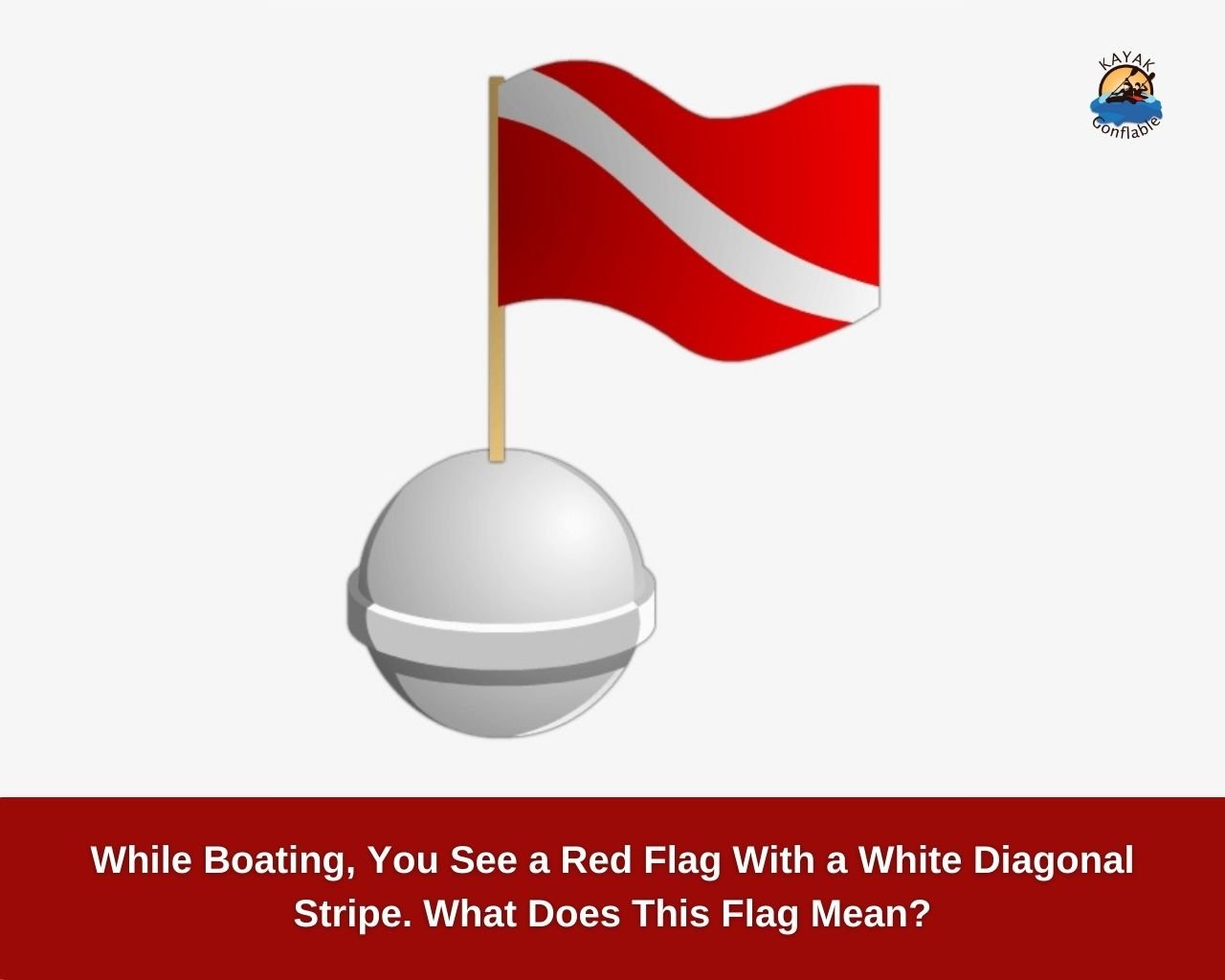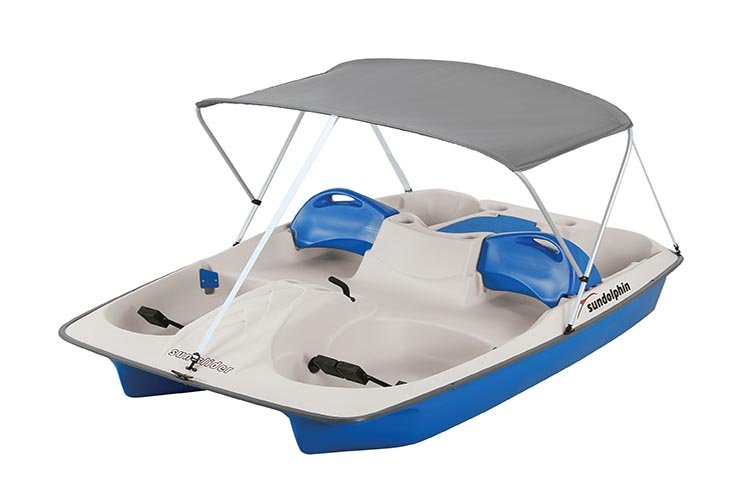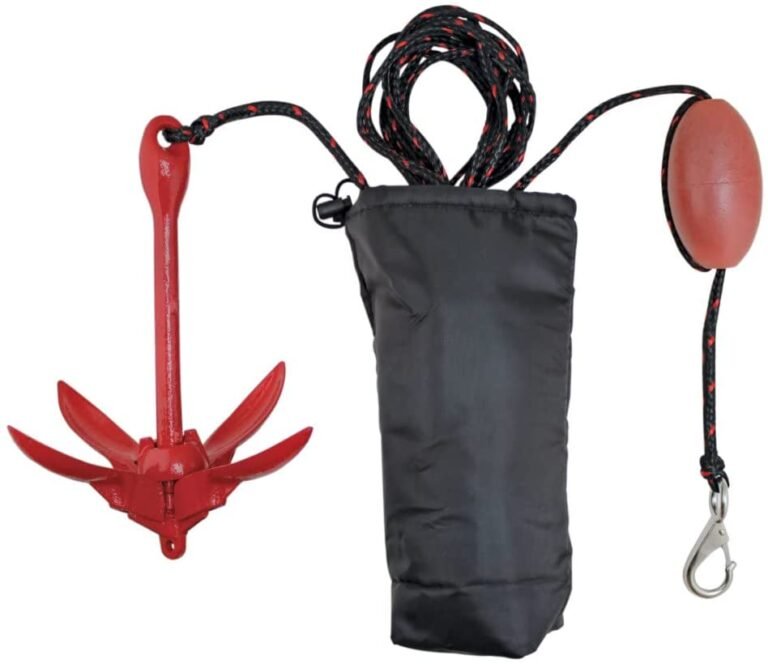Mientras navega, ve una bandera roja con una franja diagonal blanca, ¿qué significa esta bandera?

¿Qué es una bandera de navegación?
Las banderas náuticas son algo común en los barcos. Una bandera suele ser una pieza de tela con un diseño distintivo que se iza desde un asta en la proa o el mástil de un barco para indicar la nacionalidad del barco o cualquier otra circunstancia especial.
Las banderas náuticas vienen en todas las formas y tamaños, y no existe un diseño estándar. Pueden estar hechos de una variedad de materiales, incluidos tela, metal y plástico. Hay muchos tipos diferentes de banderas, como banderas nacionales, banderas marítimas y banderas recreativas.
Usos de las banderas de navegación
Las banderas son una parte integral de la navegación. Tienen innumerables usos en el agua y en el puerto. Las banderas se utilizan para:
- Señalización a otros barcos.
- Identificación de la nacionalidad de un buque.
- Pasando advertencias.
- Indicando el tipo de embarcación.
- Indicar el nombre, ubicación, dirección y velocidad de una embarcación.
- Dirigir el tráfico sobre el agua.
- Señalar afiliación o lealtad a una organización.
- Marcaje de reivindicaciones territoriales.
- Indicando el nombre de un puerto o puerto.
- Fines decorativos.
Importancia de las banderas de navegación
Las banderas náuticas son una herramienta de seguridad muy importante al navegar. Las banderas se pueden utilizar para indicar ciertas advertencias o instrucciones a otros barcos cercanos. Pueden indicar la nacionalidad de la embarcación, el tipo de embarcación, el nombre del propietario y el número de matrícula de la embarcación.
Las banderas también ayudan a los marineros a identificarse entre sí y a determinar su posición en el agua. Cuando estén en uso, las banderas deben izarse en la popa del barco, lo más cerca posible del agua. Al enarbolar las banderas correctamente, los navegantes pueden ayudarse a mantenerse seguros mientras disfrutan de sus vías fluviales compartidas.
¿Qué significa la bandera roja con una franja diagonal blanca?
Cuando están en el agua, los navegantes ven muchas cosas interesantes. Una de esas cosas podría ser una bandera roja con una franja diagonal blanca. La bandera podría estar adherida a un barco o a una boya, y es posible que usted se pregunte qué hacer.
Lo clave a tener en cuenta es que cualquier bandera de este tipo denota actividad de buceo. Es una señal que advierte a otros en el agua que los buzos están usando el agua para su deporte y necesitan su espacio para evitar contratiempos. La bandera también puede indicar la presencia de buceadores.
¿Qué debes hacer cuando veas esta bandera?
Si ve una bandera que indica actividad de buceo en el agua, debe asumir que hay un equipo de buceo presente y proceder con precaución. Los equipos de buceo suelen estar en espacios reducidos y es posible que no aprecien que personas externas interfieran con sus actividades.
Es fundamental estar atento a su entorno y mantenerse al menos a 150 pies de distancia de la bandera. Diversos debe permanecer a 150 pies de su bandera por lo tanto, mantenerse fuera de su alcance lo protegerá a usted y al buceador, ya que las posibilidades de accidentes se reducen considerablemente.
También es importante tener en cuenta que los buzos podrían estar trabajando en condiciones peligrosas (como explorar vida marina peligrosa como los tiburones) y podrían herirlo o incluso matarlo si no tienen cuidado.
Si tienes curiosidad sobre lo que está pasando, observa desde lejos. También es una buena idea mantenerse alejado de otras embarcaciones cercanas.
Notificar a las autoridades sobre sus hallazgos es un buen curso de acción. Es posible que los buzos no tengan ningún medio de comunicación si se pierden bajo el agua y podrían ahogarse.
Por lo tanto, alertar a las autoridades de su actividad garantizaría que sean vigilados y rescatados si fuera necesario. Si ve a alguien en peligro, no dude en pedir ayuda.
Si estás practicando kayak o piragüismo y eres testigo de un buceador en dificultades, no te acerques a él; comuníquese con las autoridades de inmediato. Recuerde que la región de buceo puede ser peligrosa, así que manténgase alejado y manténgase seguro en el agua.
Diferentes banderas náuticas y sus significados
En el mundo de la navegación, una bandera puede significar mucho. Por ejemplo, cuando estás navegando en aguas internacionales y ves otro barco que enarbola la bandera de su país, probablemente esté solicitando permiso para pasar.
Desde la antigüedad, la gente ha utilizado banderas para identificar sus países, barcos y negocios. Las banderas están hechas de una variedad de materiales, incluidos tela, papel y plástico.
Se cuelgan de postes o se fijan a un asta de bandera para indicar la presencia de una nación o barco en el área. Hay muchos tipos diferentes de banderas y cada una tiene su significado único. En esta sección, exploramos algunos tipos de banderas y sus significados.
Bandera de señales marítimas internacionales
La bandera de señales marítimas internacionales es un conjunto de banderas que se utilizan para comunicar avisos marítimos, solicitudes de asistencia y otros avisos entre los barcos y la costa.
La bandera se compone de dos campos: el superior representa la advertencia o información que se debe transmitir y el campo negro inferior representa la señal de espera.
Para que una bandera sea considerada bandera oficial de señales marítimas, debe estar registrada en la Organización Marítima Internacional (OMI).
Bandera de socorro
En caso de peligro, cualquier buque debería izar una bandera de socorro. Los colores de la bandera indican la naturaleza de la emergencia: una bandera blanca indica una advertencia o solicitud de ayuda.
Una bandera roja indica una emergencia que requiere asistencia inmediata y una bandera verde indica que todo está sano y salvo. El significado de cada color se puede encontrar en el Código Internacional de Señales.
Bandera de alférez
La bandera alférez es una pieza de tela rectangular con una bandera británica en la esquina superior izquierda y el nombre o la bandera del país en la esquina inferior derecha.
La bandera alférez es a menudo la bandera del país a cuya armada pertenece el barco, pero también puede ser la bandera de una organización multinacional como las Naciones Unidas.
Se vuela desde el mástil de un barco cuando el barco está en el mar. La insignia se utiliza para identificar la nacionalidad de un barco y también puede utilizarse como punto de reunión para los marineros.
La insignia también puede ondear desde un asta o poste para indicar que un edificio u otra estructura está bajo jurisdicción gubernamental.
Bandera de Romeo
La bandera de Romeo es una bandera roja con una cruz amarilla. Cuando ves un barco con la bandera de Romeo, significa que ha recibido tu señal y está dispuesto a ayudarte.
La bandera de Romeo también significa que el barco está equipado con los suministros y servicios necesarios para los viajeros por mar.
Bandera Alfa
Las Alpha Flags juegan prácticamente el mismo papel que las banderas de buceo. Deberán exhibirse en las embarcaciones siempre que la operación de buceo limite la capacidad de navegación de estas embarcaciones.
Las banderas alfa indican que el buzo está operando en un área restringida y no se le debe acercar.
La bandera debe ondear continuamente mientras se bucea, incluso cuando el barco esté sólo parcialmente sumergido, para ayudar a evitar colisiones con otros barcos u objetos mientras se encuentre en el agua.
Cuando opere dentro de un área restringida, siempre tenga un experto a bordo para brindar orientación.
Bandera Bravo
Al enarbolar la Bandera Bravo, estás indicando que estás recibiendo, descargando o transportando mercancías peligrosas.
Los colores de la bandera indican el tipo de carga: rojo para mercancías peligrosas y blanco para carga general. Enarbolar la Bandera Bravo durante el transporte marítimo es una señal de seguridad y confianza.
Bandera de papá
La Papa Flag es una bandera de señales marítimas que indica que todas las personas deben presentarse a bordo. La bandera generalmente ondea en el mástil de un barco cuando está en marcha para advertir a otros barcos de la presencia de condiciones de envío peligrosas, como visibilidad reducida o tráfico intenso.
Bandera de eco
La bandera de eco es una señal que se utiliza para comunicar el deseo de alterar el rumbo a estribor (a la derecha cuando se mira hacia adelante) en el agua. La bandera se iza cuando el capitán decide que el barco necesita cambiar de dirección para evitar el peligro.
Al izar una bandera de eco, el capitán del barco o el oficial al mando indica a cualquier otro barco dentro del alcance que también deben alterar su rumbo, especialmente si están cerca del barco.
La bandera ondea desde la cima del mástil de mesana a una altura de aproximadamente dos pies. Aunque la bandera normalmente indica un cambio de rumbo, también se puede izar cuando un barco necesita evitar otro barco.
Generalmente se utiliza cuando se viaja en zonas densas. niebla y otras condiciones peligrosas, en las que es posible que el capitán no pueda ver la costa.
Esté siempre atento a las banderas que ondean en los barcos y objetos que le rodean y lo que significan; podrán transmitir información sobre seguridad o solicitar asistencia.
Recuerda que la bandera roja con una franja diagonal blanca significa que hay buzos trabajando en las inmediaciones por lo que debes mantenerte fuera de la zona para evitar colisiones.
Implica que la embarcación que va delante tiene una capacidad de maniobra restringida, por lo que depende de usted evitar un accidente. Tenga en cuenta que también puede haber vida marina peligrosa en estas aguas, así que tenga cuidado.
Tenga cuidado al acercarse o pasando otros barcos, y seguir siempre las instrucciones del capitán del barco. Pida ayuda si nota actividad peligrosa y manténgase seguro en el agua.






